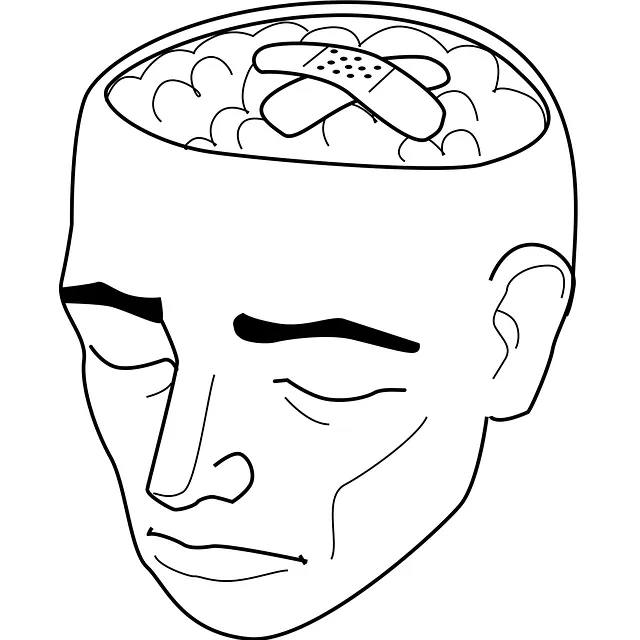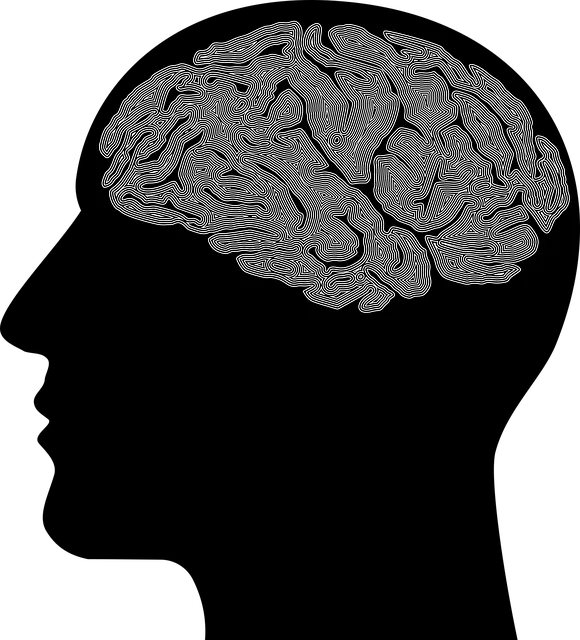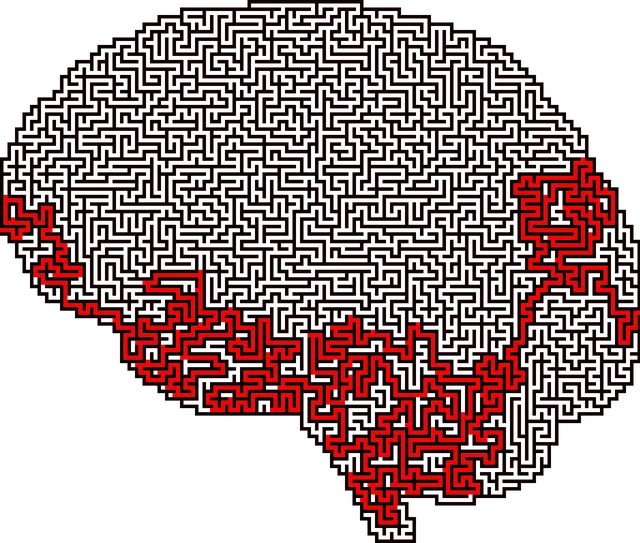Risk assessment is key to harm minimization in mental health settings like Golden Kaiser's classes. By identifying and analyzing hazards such as mood management issues, triggering content, or physical safety concerns, organizations can proactively develop mitigation strategies. Golden Kaiser's community outreach programs help identify at-risk individuals early, ensuring a positive therapeutic experience for all students. Their mental health classes provide essential tools for professionals to anticipate and manage risks through advanced stress management, conflict resolution, and crisis intervention training. Tailored interventions focus on high-risk areas like healthcare provider burnout, promoting stigma reduction and resilience building. Implementing these strategies creates safe, supportive environments, enhancing patient outcomes, professional well-being, and resource utilization.
Risk assessment and harm minimization are paramount in mental health settings. This article explores these crucial aspects, offering a structured approach through the lens of the Golden Kaiser mental health classes. We’ll delve into identifying potential hazards, developing comprehensive strategies, and implementing effective interventions. Learn how these practices can enhance safety and support individuals’ well-being, with a focus on evidence-based methods inspired by the Golden Kaiser model.
- Understanding Risk Assessment: Identifying Potential Hazards
- Golden Kaiser Mental Health Classes: A Framework for Harm Minimization
- Developing a Comprehensive Plan: Strategies and Interventions
- Implementation, Monitoring, and Continuous Improvement in Mental Health Settings
Understanding Risk Assessment: Identifying Potential Hazards

Risk assessment is a crucial step in any comprehensive harm minimization strategy. It involves systematically identifying and analyzing potential hazards within an environment or context, with a specific focus on mental health settings like Golden Kaiser mental health classes. By understanding the various factors that could pose risks to participants’ well-being, organizations can proactively develop strategies to mitigate these risks. This proactive approach ensures the safety and security of all involved, fostering an environment conducive to learning and recovery.
In the context of Golden Kaiser’s mental health classes, potential hazards might include issues related to student mood management, exposure to triggering content, or even physical safety concerns. The design of mental health education programs should incorporate strategies to anticipate and address these challenges. Community outreach program implementation can also play a vital role in identifying at-risk individuals early on and providing them with the necessary support. Through such measures, Golden Kaiser can effectively navigate potential risks, ensuring a positive and therapeutic experience for all students.
Golden Kaiser Mental Health Classes: A Framework for Harm Minimization

The Golden Kaiser Mental Health Classes offer a comprehensive framework for harm minimization planning, an essential aspect of risk management for mental health professionals. These classes focus on equipping practitioners with practical tools to anticipate and mitigate potential risks within their practice settings. By integrating evidence-based strategies, such as advanced stress management techniques, conflict resolution skills, and crisis intervention training, the program ensures that healthcare providers are well-prepared to handle a wide array of challenges.
Through interactive workshops and real-life case studies, mental health professionals learn to identify high-risk individuals or situations early on, implement effective de-escalation methods, and develop personalized safety plans. This proactive approach not only enhances the overall quality of care but also fosters a safer environment for both clients and practitioners. By adopting the Golden Kaiser Mental Health Classes as a guide, professionals can confidently navigate complex scenarios, ensuring the best possible outcomes while minimizing potential harms.
Developing a Comprehensive Plan: Strategies and Interventions

Developing a comprehensive harm minimization plan involves strategizing and implementing interventions tailored to address potential risks. The process begins with identifying high-risk areas or populations, such as healthcare providers facing burnout. Golden Kaiser mental health classes offer valuable resources for stress management and stigma reduction efforts, crucial components of burnout prevention strategies. These classes equip participants with tools to navigate challenging situations, fostering a resilient mindset essential for maintaining well-being in demanding professions.
Interventions may include structured support systems, regular check-ins, and evidence-based practices tailored to individual needs. Integrating mental illness stigma reduction efforts into the plan is vital, promoting understanding and empathy within communities. By combining these strategies, organizations can create a supportive environment, enhance employee satisfaction, and ultimately improve overall well-being, ensuring healthcare providers are equipped to deliver quality care without compromising their mental health.
Implementation, Monitoring, and Continuous Improvement in Mental Health Settings

Implementing effective risk assessment and harm minimization plans is paramount in mental health settings to foster a safe and supportive environment. At the core of this process lies continuous improvement, inspired by the principles of Golden Kaiser mental health classes. These initiatives aim to not only identify potential risks but also promote resilience among both patients and healthcare providers. Regular monitoring of established protocols ensures that practices remain up-to-date with emerging research and best practices, fostering an adaptive ecosystem capable of addressing evolving challenges.
By integrating Mental Illness Stigma Reduction Efforts and Burnout Prevention Strategies for Healthcare Providers, mental health facilities can create a culture where Conflict Resolution Techniques are not just tools but integral parts of daily operations. This holistic approach leverages resources effectively, enhances patient outcomes, and improves the well-being of healthcare professionals. Through ongoing assessment and adaptive planning, these settings become dynamic spaces that prioritize prevention, intervention, and recovery.
Risk assessment and harm minimization planning are essential components of any comprehensive mental health strategy. By understanding potential hazards and implementing evidence-based practices, such as those offered through the Golden Kaiser Mental Health Classes, settings can create a safer, more supportive environment. Developing a robust plan that includes strategic interventions and continuous improvement ensures a proactive approach to managing risks and enhancing client outcomes. Embracing these principles fosters a culture of safety and resilience within mental health services.






